5 Spicy Secrets Behind Famous African Food: From Jollof to Tagine!
Description
In this blog post, we uncover the aromatic world of famous African food by diving into five iconic dishes that have captured hearts and palates around the globe. Each dish is not only a culinary delight but also a cultural masterpiece infused with spice traditions from different corners of Africa. Perfect for both amateur cooks and professional chefs, this article blends practical cooking tips with rich historical insights.
Table of Contents
Introduction
Africa isn’t just a continent; it’s a spice map of flavors waiting to be explored! From the smoky suya sticks grilled over open flames to the slow-cooked richness of tagine, each dish tells a story steeped in history and spiced to perfection. Whether you're planning your next dinner party or looking to spice up your weeknight meals, here's a curated list of five famous African foods that will elevate your culinary game—and your spice rack.
1. Jollof Rice – The West African Flame
If there's one dish that can start a friendly debate across West Africa, it's **Jollof Rice**. This tomato-based rice dish is a staple at celebrations and family gatherings from Nigeria to Ghana and Senegal. Its signature red hue comes from fire-roasted tomatoes, while spices like thyme, curry powder, and bay leaves add depth.

- Pro Tip: Use long-grain parboiled rice for the fluffiest texture.
- Spice Hack: Add a dash of Maggi cubes or bouillon for an umami kick.
Quick Comparison Table: Jollof Across Countries
| Country | Key Ingredients | Unique Touch |
|---|---|---|
| Nigeria | Tomato paste, thyme, scotch bonnet peppers | Caramelized bottom layer (toogo) |
| Ghana | Red bell pepper puree, garlic | Served with shito sauce |
| Senegal | Tomatoes, carrots, green beans | Called “Thieboudienne” |
2. Moroccan Tagine – A Symphony in Spice
Moroccan cuisine is a masterclass in spice blending, and nothing showcases this better than the **Tagine**. Named after the earthenware pot it's cooked in, this slow-cooked stew is flavored with cinnamon, ginger, turmeric, paprika, and saffron—sometimes even dried fruits and nuts are added for a sweet-savory twist.
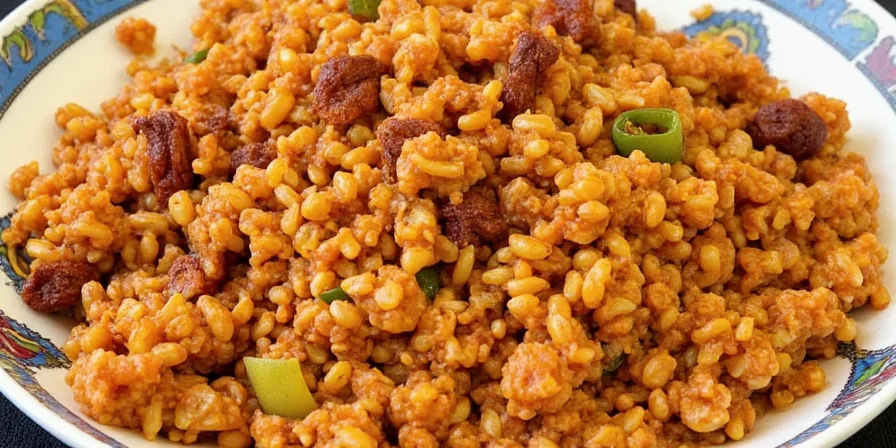
- Cooking Trick: Use a heavy Dutch oven if you don’t own a traditional clay tagine.
- Spice Blend: Ras el Hanout is the king of Moroccan spice mixes—use sparingly!
Popular Tagine Variations
- Lamb with Prunes and Almonds
- Chicken with Preserved Lemons and Olives
- Vegetarian Tagine with Carrots, Zucchini, and Chickpeas
3. Injera & Doro Wat – East African Comfort
Ethiopian food is all about communal eating, and **Injera**—a spongy sourdough flatbread made from teff flour—is the base of every meal. Paired with **Doro Wat**, a fiery chicken stew loaded with berbere spice blend, onions, and hard-boiled eggs, it’s comfort food at its finest.
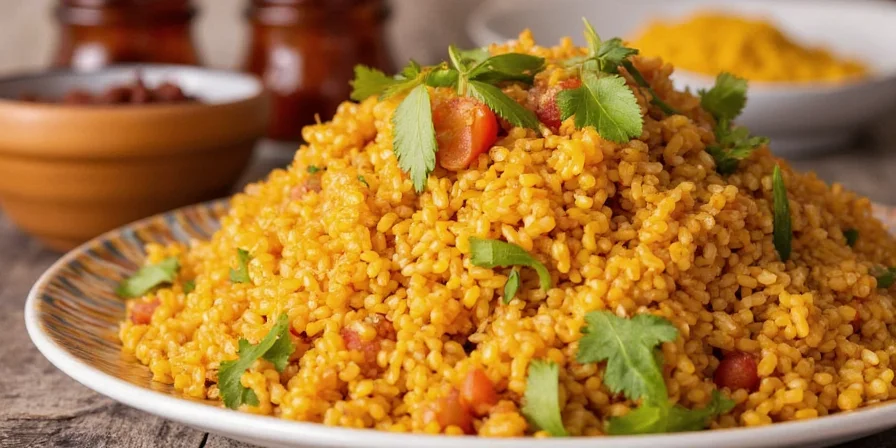
- Make Ahead Tip: Berbere can be made in bulk and stored for months.
- Vegan Option: Substitute chicken with mushrooms or chickpeas for a vegan version.
Doro Wat Spice Breakdown
| Ingredient | Function |
|---|---|
| Berbere | Main flavor profile – spicy, earthy, warm |
| Nit’ir qibe (spiced butter) | Adds richness and depth |
| Korerima (Ethiopian cardamom) | Unique aromatic finish |
4. Bobotie – South African Fusion Flavor
This Cape Malay-inspired dish is a true melting pot of cultures. **Bobotie** features spiced minced meat baked under a custard topping. It combines Indian curry powder, Dutch baking techniques, and Indonesian aromatics like bay leaves and chilies—a perfect reflection of South Africa’s colonial past.
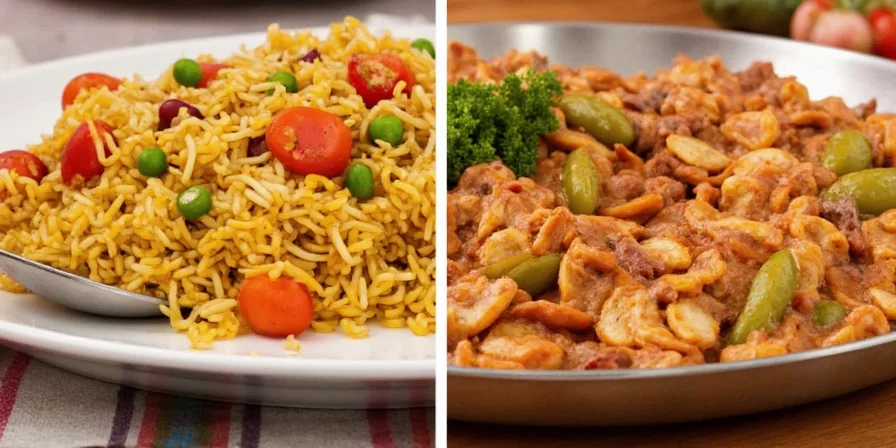
- Secret Ingredient: Toasted almonds or raisins for texture and sweetness contrast.
- Serving Style: Serve with yellow rice and chutney for authenticity.
5. Suya – Nigerian Street Food Sensation
Think of suya as Africa’s answer to kebabs—but way more flavorful. **Suya** is skewered and grilled meat dusted with a bold peanut-based spice mix called *Yaji*. Originating from the Hausa people of Northern Nigeria, suya is now a national favorite, enjoyed with cold drinks and great company.
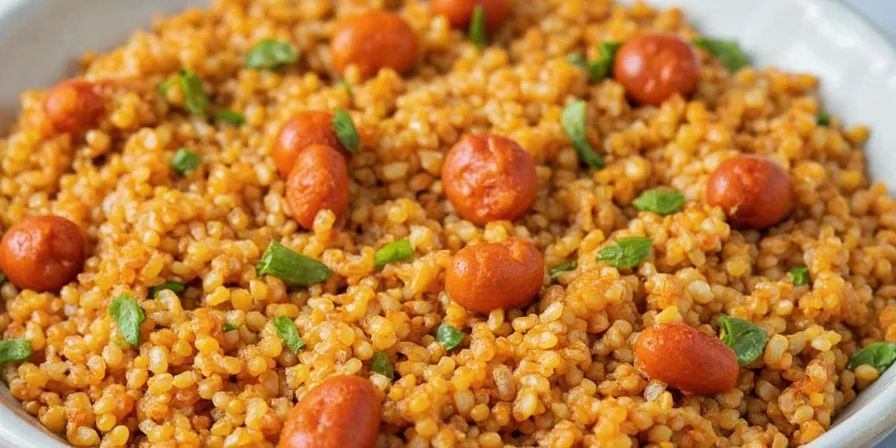
- Meat Tip: Thinly slice the meat for maximum flavor absorption.
- DIY Yaji Mix: Combine ground peanuts, chili, salt, garlic powder, and ginger for a homemade rub.
Spice Tips for Mastering These African Classics
Want to nail these dishes every time? Here are some quick-fire spice tips to keep your kitchen smelling like a bustling African market!
- Toast whole spices before grinding—this enhances their aroma and flavor tenfold.
- Store spice blends in airtight containers away from light and moisture to preserve potency.
- Create regional spice kits: One for West Africa (chili, thyme, curry), one for North Africa (cumin, coriander, cinnamon), and one for East Africa (berbere, cardamom).
- Don’t skip the oil bloom: Many African recipes use oil to bloom spices—this unlocks their full potential.
Conclusion
From the one-pot wonders of Jollof to the fragrant allure of Moroccan tagine, African cuisine offers a treasure trove of spices and stories. Each dish is a testament to centuries-old traditions, local ingredients, and a shared love for bold, beautiful flavors. So whether you're hosting a dinner party or experimenting in your kitchen, let your spice rack do the traveling—and your taste buds follow!
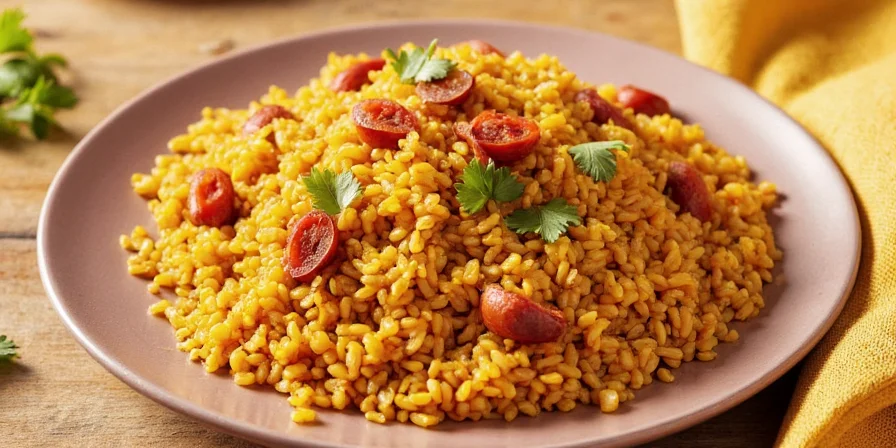
Remember, the soul of any great dish lies in its seasoning. Don't be afraid to tweak, taste, and try again. Happy cooking—and don’t forget to share the flavor!

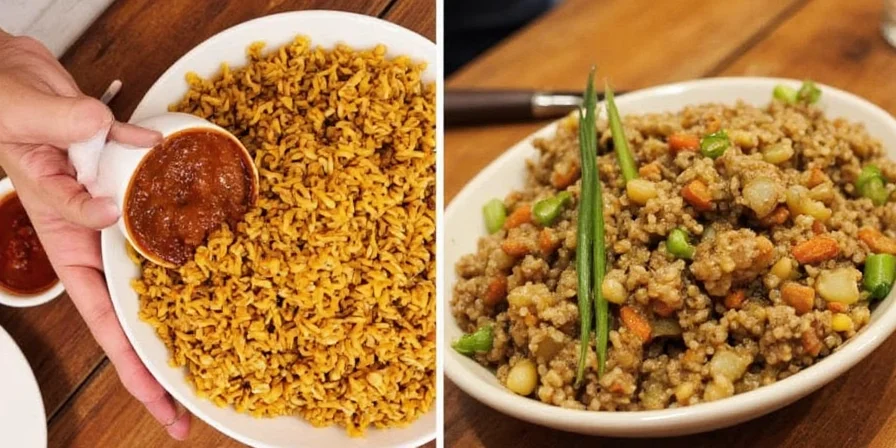









 浙公网安备
33010002000092号
浙公网安备
33010002000092号 浙B2-20120091-4
浙B2-20120091-4